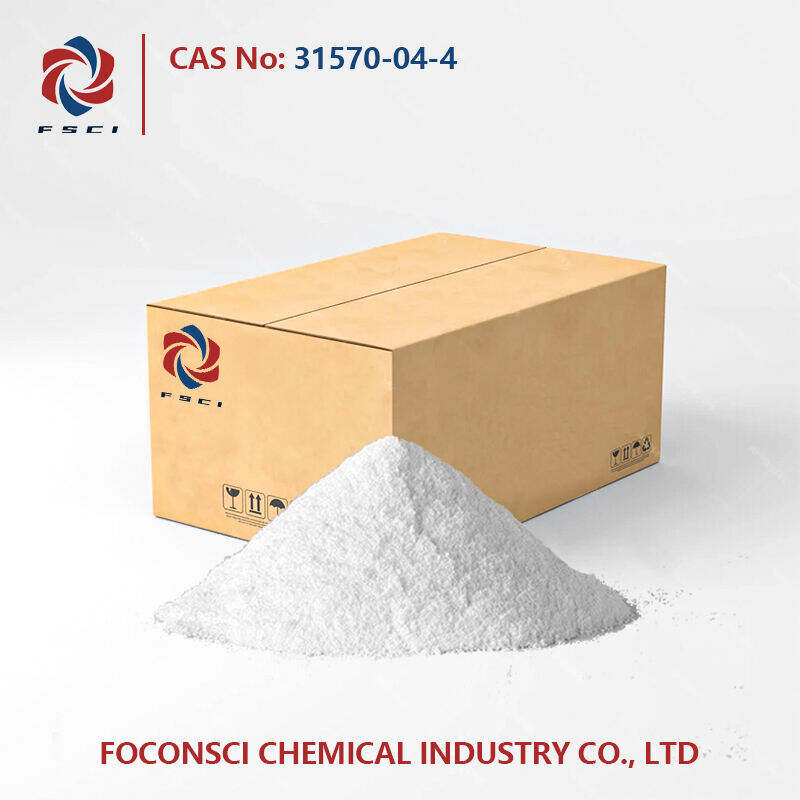Piemērotas plastmasu materiāliem izmantotās pievienotāju izvēle ietver vislabāko kombināciju plastifikatoru un antioxidantu atlasīšanu. Šis pirmais līdzeklis jums pastāstīs par aspektiem, kas jums jāņem vērā, kā arī par būtiskajiem punktiem, kas palīdzēs jums pieņemt pareizo lēmumu.
Plastifikatoru un antioxidantu saprotošana
Palielinot politēriju sastāvu vieglību apstrādē un turpmākajā izmantošanā tiek izmantoti plastificenti. Tie ir galvenokārt paredzēti PVC, guma, plastmasas vai jebkura citā materiālā, kas satur sintēzi, plastificenti parasti maina beigu produktu īpašības. Turklāt tiek atrasts arī pielietojums polimeros, kur tie novērš oxidāciju, kas pārāk ilgstoši var samazināt polimera struktūru. Šie radikāli ietekmē materiāla stabilitāti, izskatu un mehāniskās īpašības, rodoties brīvajiem radikāļiem procesā.
Materiālu prasību novērtēšana
Efektīvas plastificentu un antioxidantu sastāva izveides pirmais aspekts ir konkrēto materiālu prasību novērtējums. Dažādiem lietojumiem nepieciešamas atšķirīgas īpašības, piemēram, fleksibliskums, ilgtspēja, stabilitāte, klimata un citu faktoru ietekmes pretestība.
1. Ilgtspēja un garīgums: Lietojumos, kur tiek izmantoti materiāli, kuriem jābūt ilgtspējīgiem, piemēram, automašīnu komponentiem, antioxidantu izvēle ir svarīga, lai novērstu materiālu vecošanās ietekmi.
2. Vides ietekme: Novērtējiet produktam būtiskās vides ietekmes faktorus, tostarp UV starojumu, šķēpi vai ķīmiskos vielas, ņemot vērā, ka tie noteiks antioxidantu veidu un daudzumu, kas jāizmanto.
Kopienas un sinergijas novērtējums
Viens no bažām ir tas, vai plastiķis un antioxidants, kas ir atlasīti, būs savstarpēji saderīgi, kas ir ļoti svarīgi polimera materiālu darbībai un apstrādes efektivitātei.
1. Ķīmiskā saderība: Ieviešot plastiķi un antioxidantus, ir svarīgi ņemt vērā to starpniecisko reakciju ar galveno polimeru. Ja netiek ņemtas vērā robežējošās zināšanas par saderību, tā var izraisīt sekas, piemēram, izplūdumi, kristalizācija un nepareiza daļiņu sadale polimerā.
2. Darbības sinergija: Izvēlieties kombinācijas, kas ļaus plastificentiem un antioxidantiem savstarpēji papildināt viens otru polymēra kopējā darbībā, piemēram, daži plastificenti var piedāvāt daļējus fiziskus barjerus pret skābekli un samazināt antioxidantu slogu.
3. Tehnoloģiskie apstākļi: Jūsu ražošanas procesa tehnoloģija var arī noteikt kādu saderīgumu. Piemēram, augstā temperatūra procesos var būt nepieciešami antioxidantu veidi, kas spēj izturēt šādas nosacījumus, neatkarīgi no tajām radušos pārmaiņu.
Regulatīvie un drošības aspekti
Tomēr jebkurš chemiskais pievienojums ir jānorāda atbilstot attiecīgajiem regulatīviem un drošības noteikumiem. Tas nodrošina, ka gala produkts ir piemērots paredzētajai izmantošanai un atbilst prasītajām nindas standartiem.
1. Noteikumu ievērošana: Jāapstiprina, ka atklājumi ir piemēroti vietējo un starptautisko noteikumu prasībām. Piemēram, plastifikatori un antioksidanti pārtikas pakārtošanas nozarē ir vairāk regulēti nekā citās nozarēs.
2. Toksisitāte un videi radītais ietekme: Izmantojiet plastifikatorus un antioksidantus ar zemu toksiskumu un videi drošu, lai aizsargātu gan patērētājus, gan saglabāšanas mērķus.
3. Sertifikācijas un testēšana: Meklējiet pievienotuos vielas, kuru efektivitāte ir apstiprināta stingros sertifikācijas un testēšanas procesos, lai nodrošinātu lietojuma drošību un veiktspēju.
Izmaksu efektivitāte un piedāvātāja uzticamība
Viņš vienmēr jāņem vērā izmaksu nozīme, tomēr nevajadzētu izvēlēties lētāko iespējamo variantu, jo ilgtermīnā tas nav visefektivākais.
1. Izmaksu un peļņas analīze: Analītika jāveic par vajadzībām, ņemot vērā izmaksu faktorus līdz tam punktam, ka dažas pievienoto vielu papildu izmaksas tiek pamatoti ar paaugstinātu produktu kvalitāti un ilgtspēju. Piemēram, varētu būt ieteikts, ka dārgāku pievienoto vielu izmantošana radīs uzspēkus, saistot to ar produkta garāku termiņa izmantošanu.
2. Lieferantu reputācija: Tajos gadījumos, kad jums nepieciešamas uzticamas materiālu avots, kurā ir kompetenta tehniska atbalsta, ir svarīgi ņemt vērā labu lieferantu pakalpojumu izmantošanu. Prātīgi lieferanti vienmēr uzlabo produktu kvalitātes un stabilitātes maināmību, kā arī tirgus atbalstu, kas ir būtiski formulāciju uzlabošanai.
3. Piegādes ķēdes stabilitāte: Doties un pārbaudiet, vai jūsu lieferants spēj nodrošināt regulāru piegādi, lai neatstātu jūsu ražošanas procesus.
Saistībā ar to, ko mēs esam gatavi darīt, mēs varam pieņemt lēmumu, kas ir pamatots ar zināšanām.
Atbilstošās proporcijas izvēle plastificatoru un antioxidantu kombinācijai ietver, starp citu, tehniskus, legislatīvus un ekonomiskus aspektus. Zinot visas viņu prasības attiecībā uz jālieto materiālu, novērtējot savienojamību, ievērojot drošības noteikumus, ņemot vērā piegādātāja uzticamību, visi šie aspekti var palīdzēt maksimizēt plastmasas ražošanas efektivitāti un ilgtspēju. Šis pirktāju rokasgrāmata meklē līdzsvaru un aprīkojumu ar nepieciešamajiem prasmēm, lai meklētu un atrastu vislabākajos iespējamajos pirkumos, nezaudējot no skatiena uz planētājiem pirkumiem.


 EN
EN
 AR
AR
 BG
BG
 HR
HR
 CS
CS
 DA
DA
 NL
NL
 FI
FI
 FR
FR
 DE
DE
 EL
EL
 HI
HI
 IT
IT
 JA
JA
 KO
KO
 NO
NO
 PL
PL
 PT
PT
 RO
RO
 RU
RU
 ES
ES
 SV
SV
 TL
TL
 IW
IW
 ID
ID
 LV
LV
 LT
LT
 SR
SR
 SK
SK
 VI
VI
 HU
HU
 TH
TH
 TR
TR
 GA
GA
 CY
CY
 KA
KA
 LA
LA
 MN
MN
 KK
KK
 LB
LB


